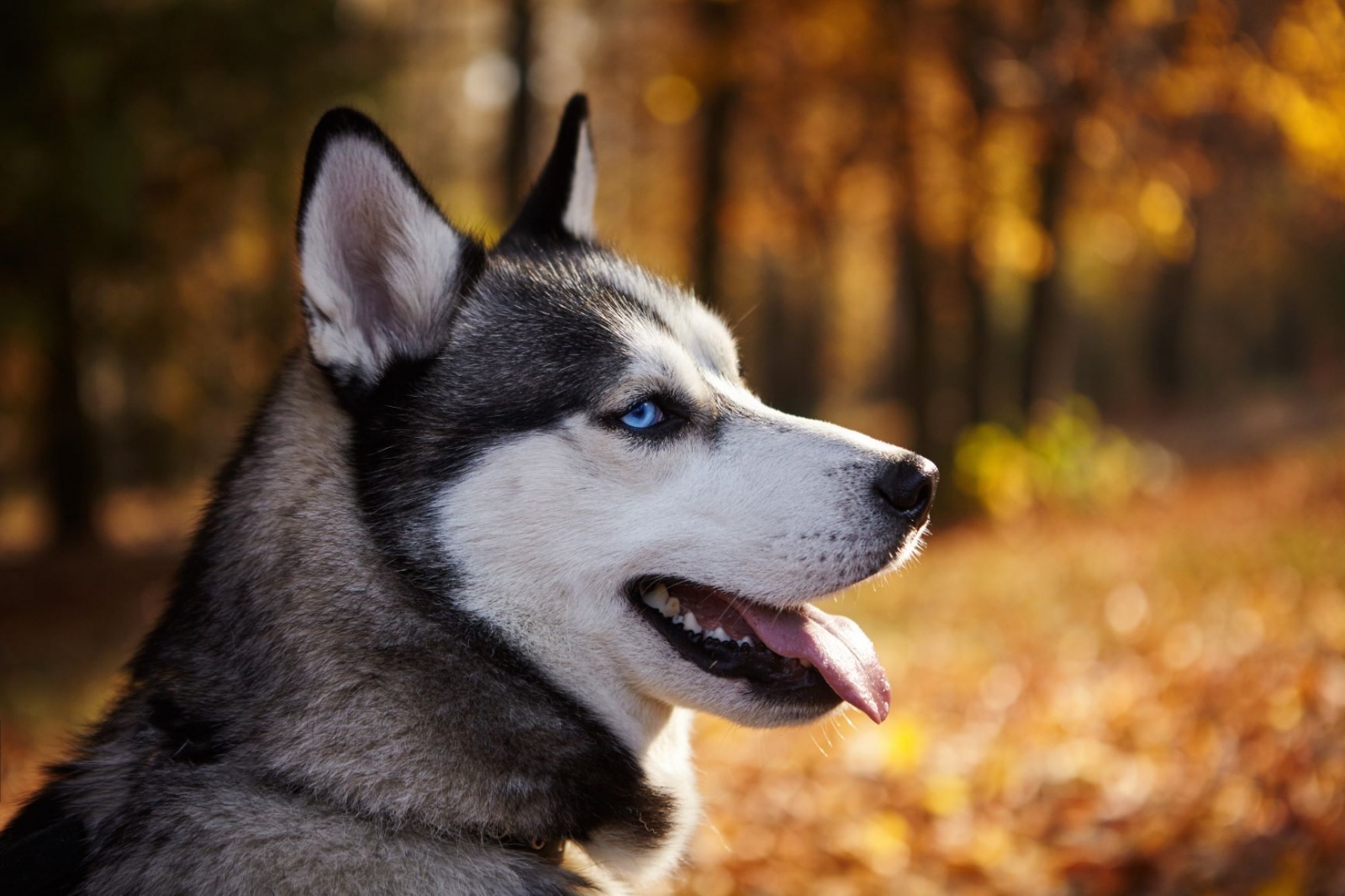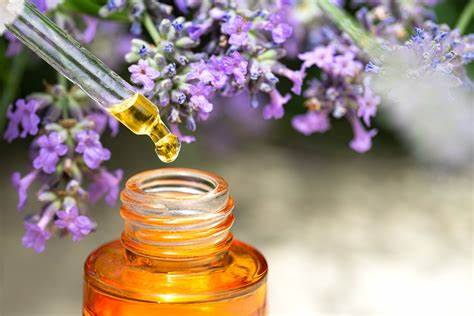As any bacon lover knows, bacon grease is delicious. So if your dog managed to gulp some down, they likely enjoyed the salty, fatty mouthful. However, questions soon set in over what to do after they polish off leftover grease. Can dogs have bacon fat? Is it bad for them? What steps should you take following such a high-calorie kitchen counter heist? Let’s cover some key actions to take when your dog eats bacon grease.
Assess How Much Grease Was Consumed
The level of concern and intervention depends partly on the quantity of bacon grease eaten. A few small mouthfuls licked out of the skillet may cause only minor digestive upset. On the other hand, knocking over and consuming an entire mugful could trigger more dangerous conditions like pancreatitis. So first try to estimate the amount ingested.
Monitor Your Dog Closely
For the next several hours, keep an eagle eye on your bacon grease bandit. Specifically look for these common symptoms of gastrointestinal distress:
- Vomiting
- Diarrhea
- Excessive drooling
- Abdominal pain or bloating
- Lethargy
- Loss of appetite
Document what symptoms they show, when symptoms appear and any severity changes. Having these details handy aids vets in properly assessing what is happening inside your dog.
Call Your Vet or Pet Poison Helpline
Especially if concerning signs appear within the first 12 hours, place a call to your vet for guidance. They can help determine if just monitoring from home is adequate or if rapidly bringing your dog in for examination or treatment is best. For after-hours help, contact the ASPCA Animal Poison Control Center hotline.
Avoid Inducing Vomiting at Home
It’s often instinct when dogs eat something they shouldn’t to want to immediately make them vomit it back up. However, giving hydrogen peroxide or saltwater can actually further damage the throat, stomach or esophagus if done improperly. Only induce vomiting under specific vet instruction.
Provide Plenty of Fluids
Encouraging your dog to drink extra water can benefit their digestion and recovery from a greasy food infraction. The fluids help flush toxins out while preventing dehydration from fluid loss through vomiting or diarrhea. Stick to small, frequent portions if nausea exists.
Implement a Bland Diet Temporarily
For a couple days post pork fat pilfering, feed small meals of a bland food like boiled chicken and rice to alleviate gastrointestinal inflammation. Avoid fatty foods during recovery and slowly transition back to their regular dog food.
Be vigilant following potential bacon binges, get veterinary advice right away and take measures to settle digestive distress. While most minor bacon grease consumption causes short-lived tummy troubles, prompt action provides peace of mind and catches developing dangers early. With supervision through the fat-fueled fallout, your dog will be back begging for their own crispy bacon treats in no time!
Frequently Asked Questions
How quickly do symptoms happen after dogs eat bacon grease?
Nausea, diarrhea or lethargy typically starts anywhere from 30 minutes to 6 hours after significant bacon grease consumption. However, these effects can be delayed up to a full day later in some dogs.
Are dogs allowed to eat cooked bacon?
In moderation. Cooked bacon without much grease provides protein and fat dogs naturally crave, but only as an occasional treat. Too much can lead to pancreatitis along with gastrointestinal illness.
What is pancreatitis and what causes it?
Pancreatitis refers to inflammation of the pancreas often triggered by a high-fat meal. It causes severe abdominal pain, appetite loss, vomiting and diarrhea lasting days to weeks. Seek immediate vet treatment for suspected pancreatitis which can become life threatening.
Don’t let one licked skillet turn into an ER crisis. While most dogs suffer only minor indigestion, excessive bacon grease puts pups at risk for pancreatitis requiring prompt veterinary care. Stay vigilant following any fatty feast!

